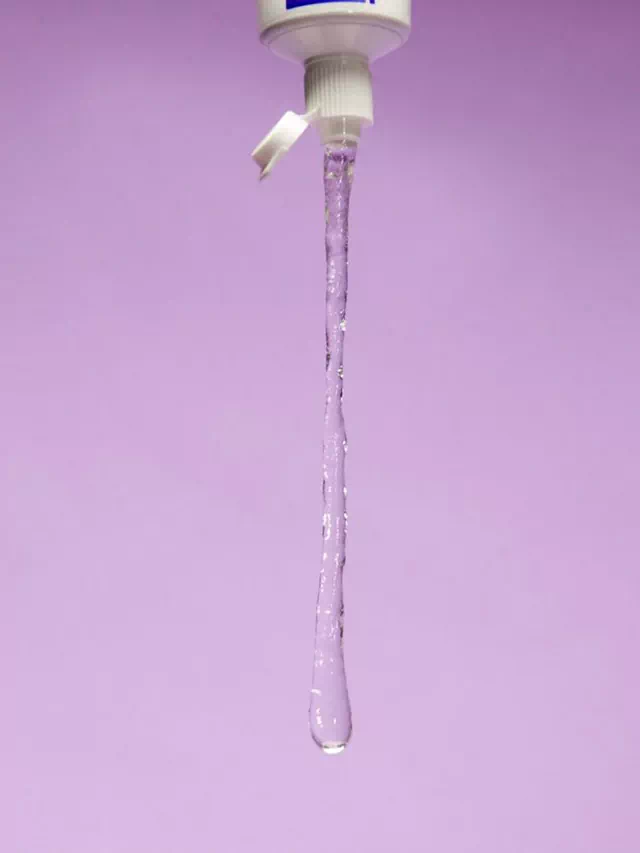When it comes to enhancing sexual pleasure and reducing discomfort during intimacy, choosing the right vaginal lubricant is crucial. With so many options available in the market, it can be challenging to know which one will meet your specific needs. This guide will provide you with a comprehensive understanding of how to select the perfect lubricant for your needs, from understanding the ingredients and potential allergies, to the differences between water-based, silicone-based, and oil-based lubricants, and even added features such as warming or cooling sensations or pH-balance. Additionally, we will guide you on how to test a lubricant for irritation or allergic reactions before use. By the end of this guide, you will have the knowledge and confidence to make an informed decision and choose the perfect lubricant for you and your partner to enjoy a more comfortable and satisfying intimate experience.
Here are some of the points on choosing the right vaginal lubricant:
1. Consider ingredients and potential allergies or sensitivities
It is important to check the ingredients of the lubricant before purchasing, as some people may have allergies or sensitivities to certain ingredients, such as glycerin or parabens.
2. Water-based lubricants
These are safe for most people and easy to clean up, as they can be easily washed off with water. They are also safe to use with condoms and sex toys. However, they may need to be reapplied frequently during use.
3. Silicone-based lubricants
These lubricants last longer than water-based lubricants and are safe to use with condoms. However, they cannot be used with silicone-based sex toys as they can damage the material.
4. Oil-based lubricants
These lubricants are long-lasting and can be used for massage or as a moisturizer. However, they are not safe to use with latex condoms as they can damage the material and increase the risk of condom breakage.
5. Check for pH-balanced for the vagina
Some lubricants may have added features such as warming or cooling sensations, and some may be pH-balanced for the vagina, which can be beneficial for maintaining vaginal health.
6. Test a small amount on skin before use to check for irritation or allergic reaction
Before using a lubricant, it is always recommended to test a small amount on the skin to check for any irritation or allergic reaction. If there is any redness or discomfort, discontinue use and try a different product.
Conclusion
Choosing the right vaginal lubricant is an important step in enhancing sexual pleasure and reducing discomfort during intimacy. By understanding the different types of lubricants available, their ingredients, potential allergies, and added features, you can make an informed decision about which lubricant is best for you. Remember to always test a small amount of lubricant on your skin before use to check for any irritation or allergic reaction. With the knowledge provided in this guide, you can confidently choose the perfect lubricant to enhance your sexual experiences and improve your overall intimate experience.

